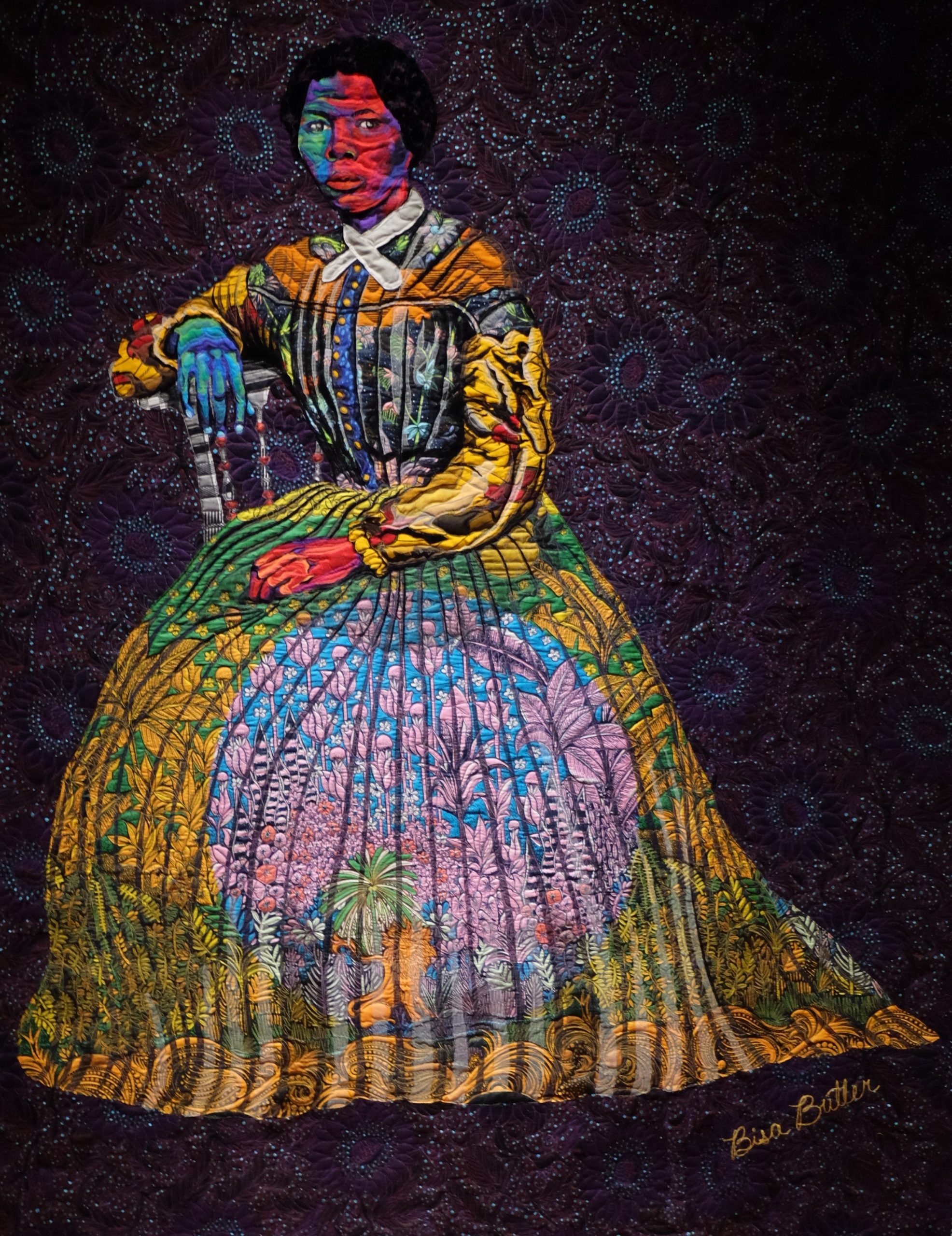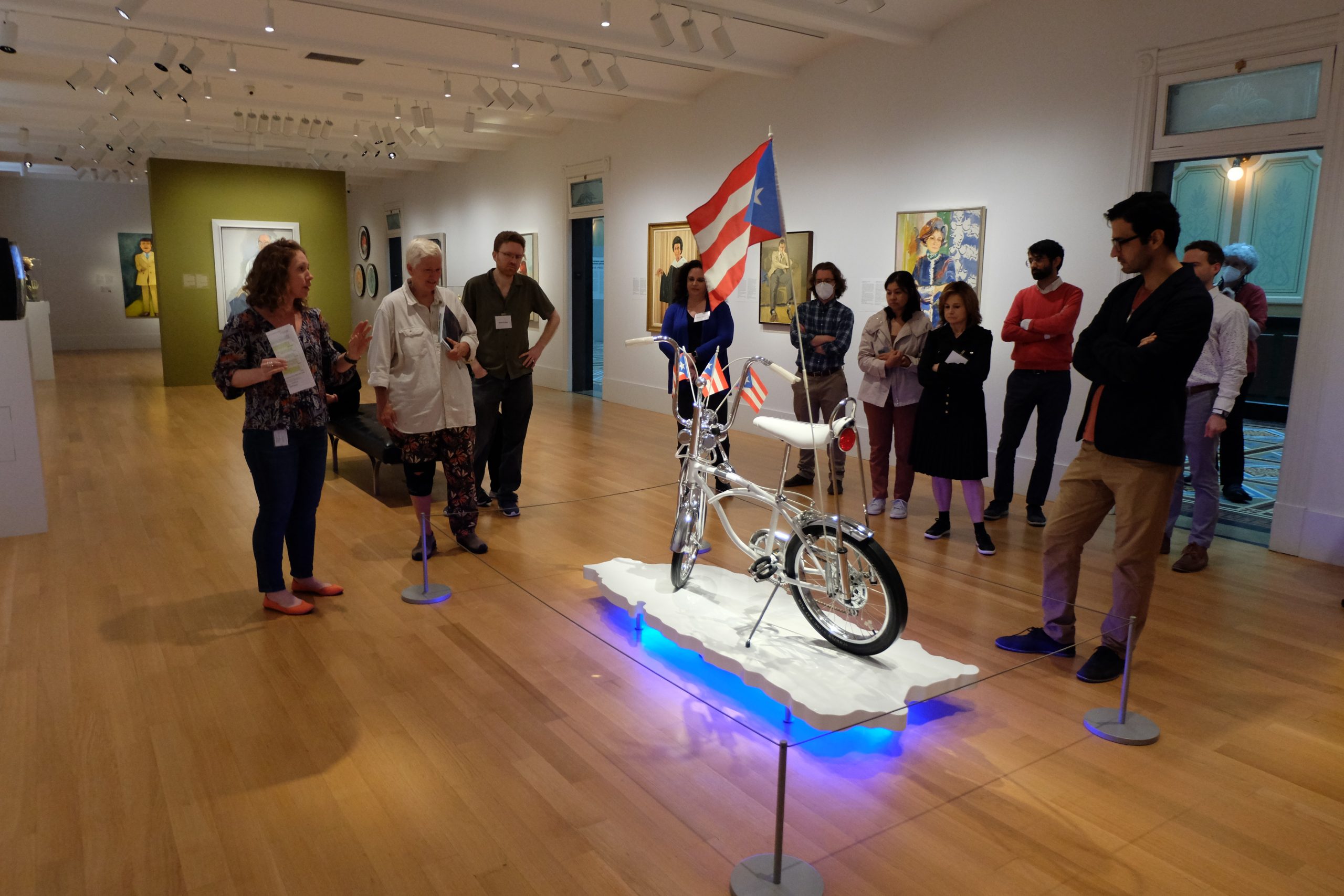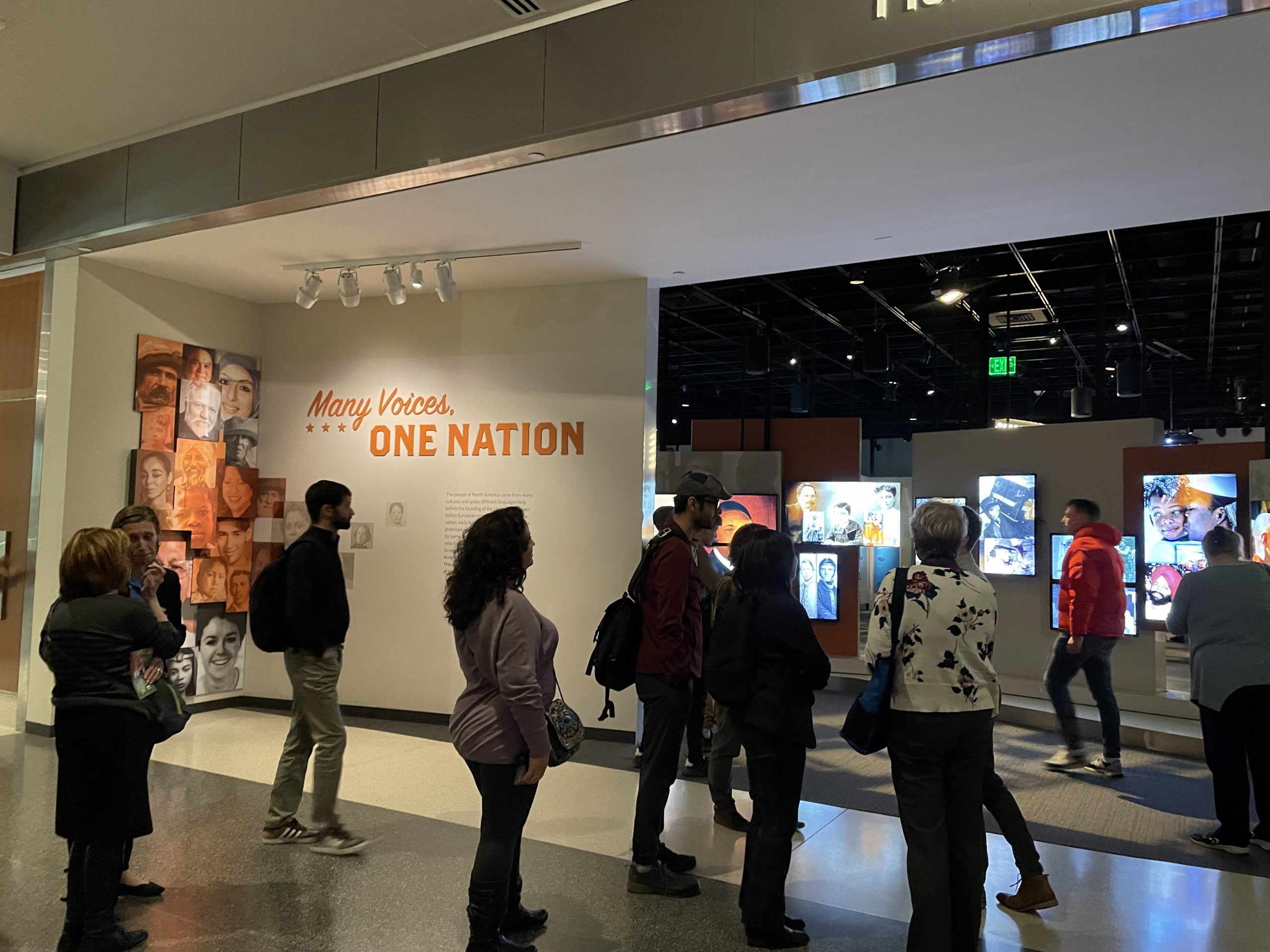When I last visited the National Museum of African American History and Culture, I started…
 On March 5, our 2020 Museum Seminars got off to a terrific start. As is tradition, we opened with a panel presentation. Following a welcome by Philippa Rappoport, Manager of Community Engagement, Smithsonian Center for Learning and Digital Access (SCLDA), and brief introductions of the MC-SFF 2020 cohort, the afternoon began with a presentation by Dr. Igor Krupnik, Arctic Studies Center, Department of Anthropology, National Museum of Natural History (NMNH).
On March 5, our 2020 Museum Seminars got off to a terrific start. As is tradition, we opened with a panel presentation. Following a welcome by Philippa Rappoport, Manager of Community Engagement, Smithsonian Center for Learning and Digital Access (SCLDA), and brief introductions of the MC-SFF 2020 cohort, the afternoon began with a presentation by Dr. Igor Krupnik, Arctic Studies Center, Department of Anthropology, National Museum of Natural History (NMNH).
Dr. Krupnik’s presentation titled “Living on the Changing Planet: Why Indigenous Voices Matter” was drawn from his almost half century of work with the people of the Arctic region. He provided Fellows with a brief overview of the history of climate awareness beginning with hearings before the U.S. Senate in 1988 where Dr. James Hansen first called attention to the presence and implications of global warming. This led to the first session of the Intergovernmental Panel on Climate Change and the internationally-attended Rio Summit of 1992 sponsored by the United Nations.
The following decade saw a growing awareness with a number of national and international meetings, where much of the attention was focused on four major areas of the world: the Arctic, small islands, tropical forests and high mountain areas. Missing from these meetings were those disproportionally concentrated in those areas, the indigenous peoples who inhabited them.
As those voices have sought a place at the table, there has been a growing recognition of the importance of the messages they have to share. The first of these is the awareness of how proposed solutions to climate change become issues of human rights. Solutions should not violate the rights of indigenous groups as has too often been the case. The second message is one of the need for inclusion. Indigenous peoples have demonstrated an an ability to use a combination of modern and traditional practices and seek partnership.
He concluded his talk with a series of conclusions from his work: 1 all global change is a combination of many local processes; global actions to combat climate change will be visible primarily at the local level 2 self-reliance: policies and actions executed on a local level can make a difference; 3 the course of climate mitigation has to be just and account for both past and present injustices, unequal rights and must consider the plight of the most vulnerable groups who have often been disposed to the most vulnerable areas; 4 Lasting adaptation cannot be imposed by decree or via international negotiations but should be part of a philosophy of belonging to a particular environment; 5 there are many intimate spiritual ways of people's realities with Nature and 6 even small actions can make a difference in a particular environment that people call home.
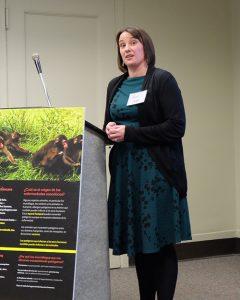 Our next speaker, was Dr. Alison Cawood, Citizen Science Program, Smithsonian Environmental research Center (SERC), whose topic was “Engaging Volunteers to Study Climate Change.” Citizen science provides opportunities for members of the public to contribute to scientific research, while providing professional scientists with data that becomes an important research tool. Citizen science is not science education, or collection of data without a scientific question It is not an activity with a known outcome but instead provides an opportunity for all to contribute to research in real ways.
Our next speaker, was Dr. Alison Cawood, Citizen Science Program, Smithsonian Environmental research Center (SERC), whose topic was “Engaging Volunteers to Study Climate Change.” Citizen science provides opportunities for members of the public to contribute to scientific research, while providing professional scientists with data that becomes an important research tool. Citizen science is not science education, or collection of data without a scientific question It is not an activity with a known outcome but instead provides an opportunity for all to contribute to research in real ways.
She highlighted a number of current and ongoing research projects that rely on data collected by citizen scientists. These projects include “Nature’s Notebook” where volunteers submit observations of specific plants or animals in their region. One outcome? By combining observations made by citizen scientists with the work of professional scientists, we know that spring leaf out for the D.C. region for 2020 is approximately 24 days earlier than usual. EBird aggregates sightings from birders around the world, and receives more than a million reports each year. This has directly contributed to our awareness of the disappearing bird populations in the United States, something well publicized just a few months ago. CoCoRaHS has citizen scientists collecting daily precipitation measurements from all over North America. This data is sued as ground-truthing by the National Weather Services.
SERC, where she works, is engaged in environmental science research focused on coastal ecosystems and includes a wide range of research topics such as water quality, land use, invasive species, climate change and fisheries. Fellows will be visiting SERC next month and will have the opportunity to see some of this research firsthand.
Dr. Cawood ended her talk by providing Fellows with a number of resources for those interested in becoming citizen scientists. These included SciStarter (scistarter.org), Zooniverse.org, The GLOBE Program (globe.gov), inaturalist.org and CitSCi.org.
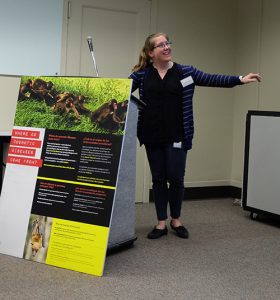 Our last speaker was Dr. Ashley Peery, Educator, National Museum of Natural History (NMNH) whose presentation was titled “Communication Strategies and Tools form the Exhibition “Outbreak: Epidemics in a Connected World.” This exhibit examines zoonotic emerging infectious diseases (EIDS) and our increasing pandemic risks in the 21st century. Part of the exhibit focuses on origins of epidemic and includes information on how microbes jump from animals to humans and how environmental factors can play a role in the spread of pathogens. A section devoted to stopping disease spread focuses on personal behavior, societal changes and global coordination. Detection, Response and Containment looks at those on the front lines, and how they work to identify and control the spread of infectious diseases.
Our last speaker was Dr. Ashley Peery, Educator, National Museum of Natural History (NMNH) whose presentation was titled “Communication Strategies and Tools form the Exhibition “Outbreak: Epidemics in a Connected World.” This exhibit examines zoonotic emerging infectious diseases (EIDS) and our increasing pandemic risks in the 21st century. Part of the exhibit focuses on origins of epidemic and includes information on how microbes jump from animals to humans and how environmental factors can play a role in the spread of pathogens. A section devoted to stopping disease spread focuses on personal behavior, societal changes and global coordination. Detection, Response and Containment looks at those on the front lines, and how they work to identify and control the spread of infectious diseases.
One of the outcomes of this exhibit is “Outbreak DIY”, a free, adaptable, customizable version of the exhibit that is available to everyone and which has been translated into a number of languages. Already used in more than 30 countries and 50 locations, it allows all ages to engage with the topic. The hope is this will facilitate increased awareness and understanding about public health issues.

The afternoon ended with a tour of the Outbreak exhibit, where Fellows had the opportunity to engage with the exhibit and ask questions. Needless to say, it was a wonderful afternoon.




